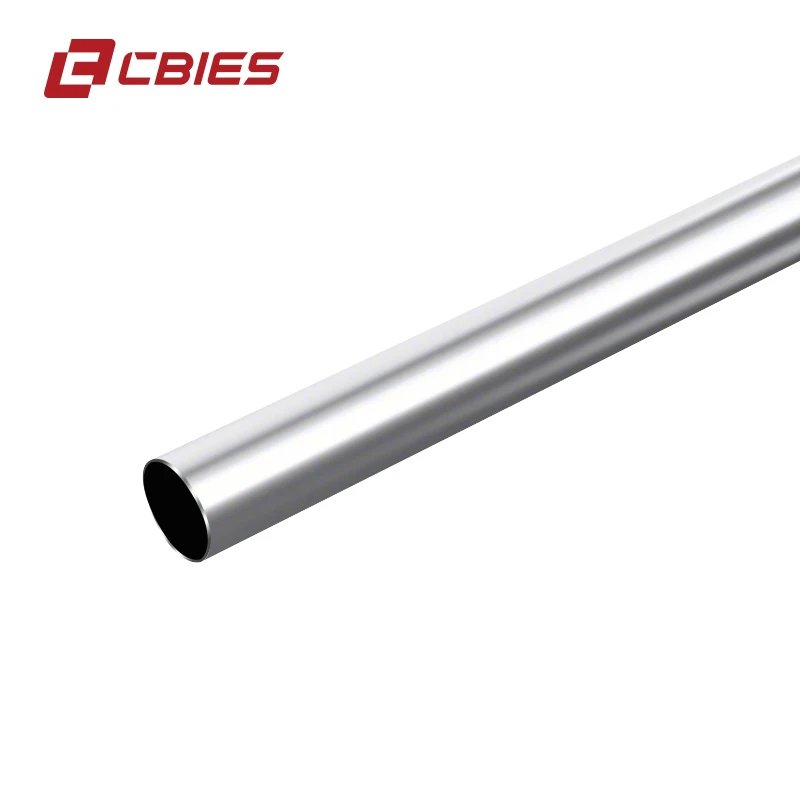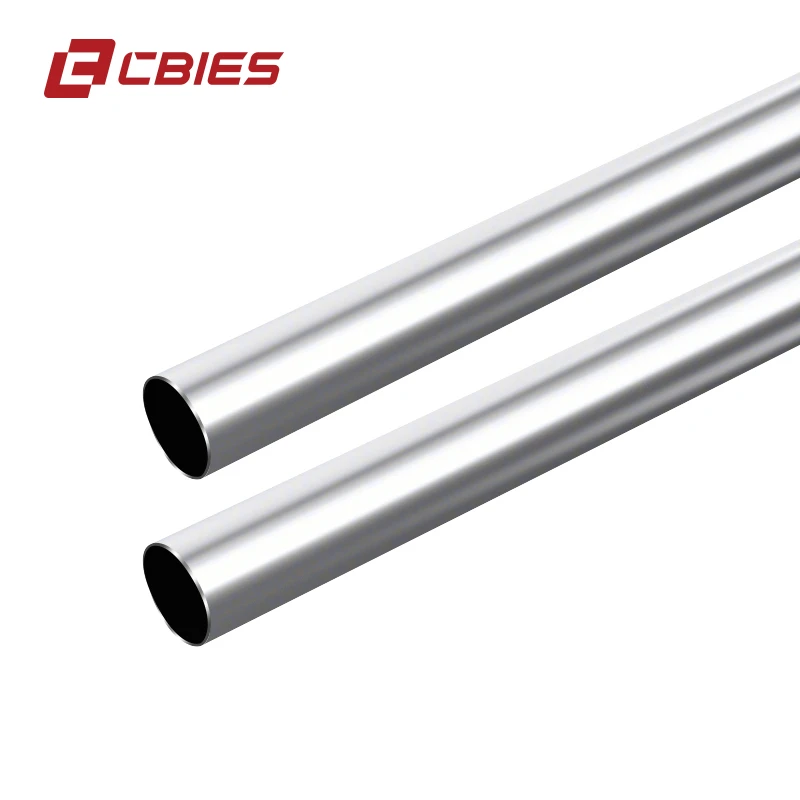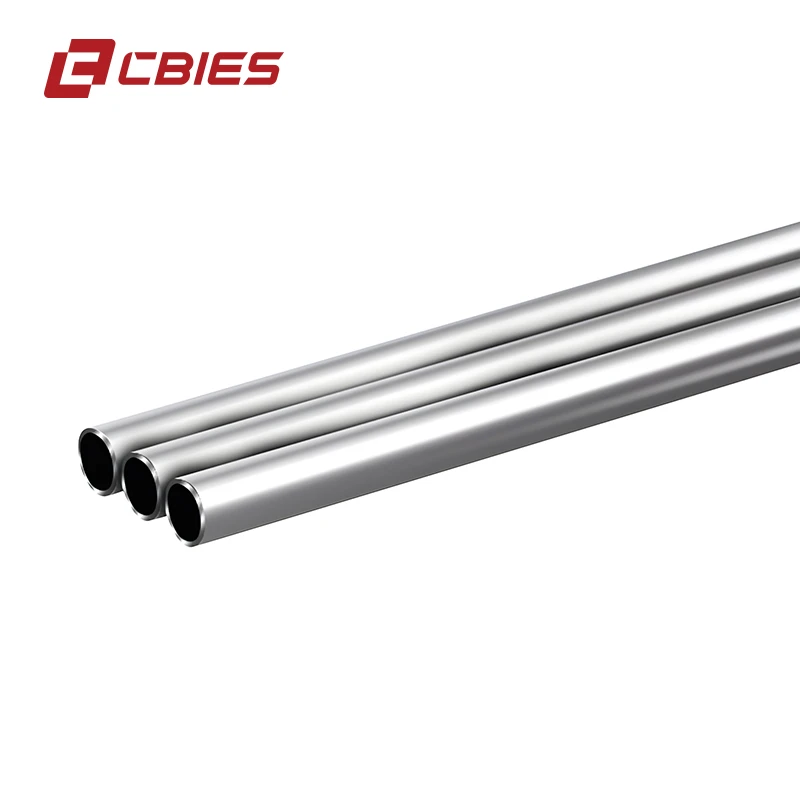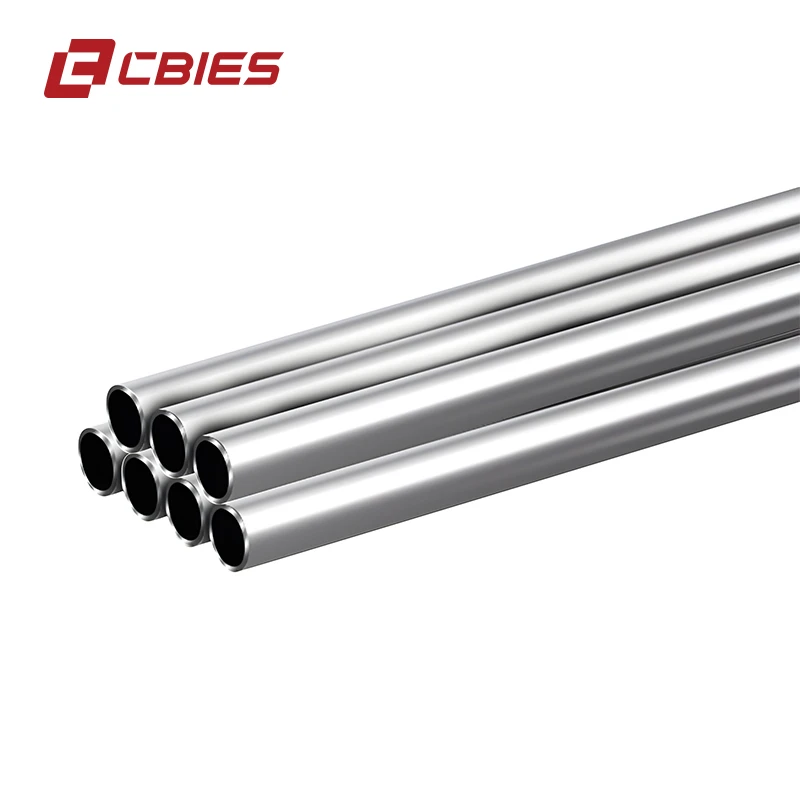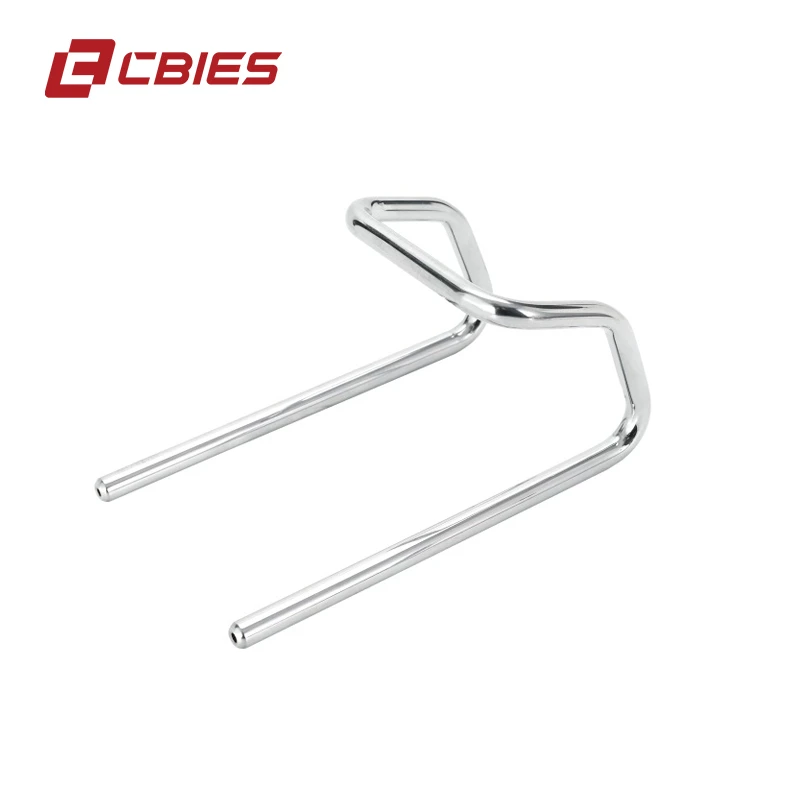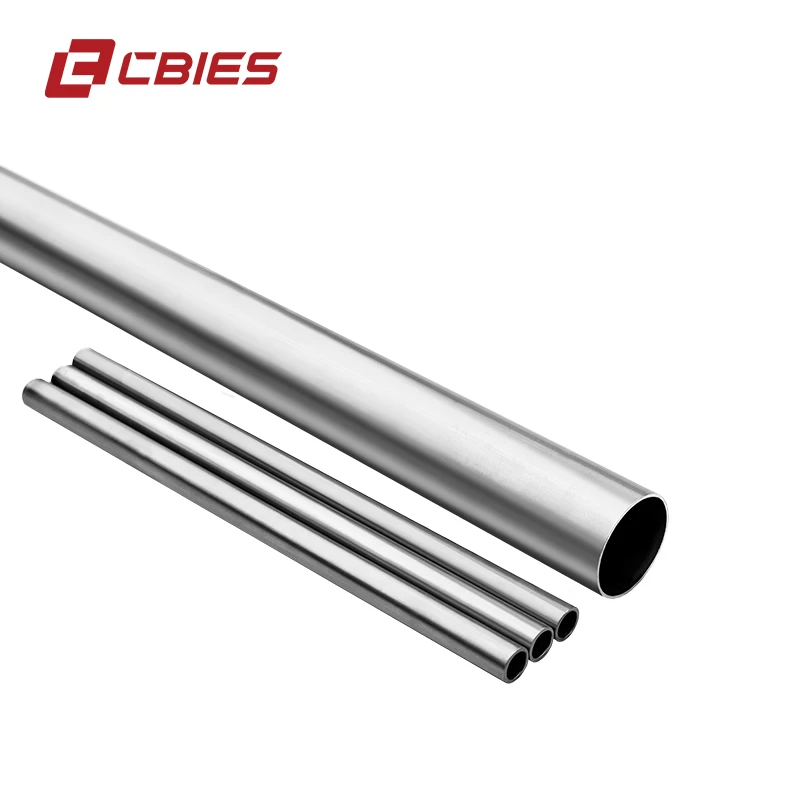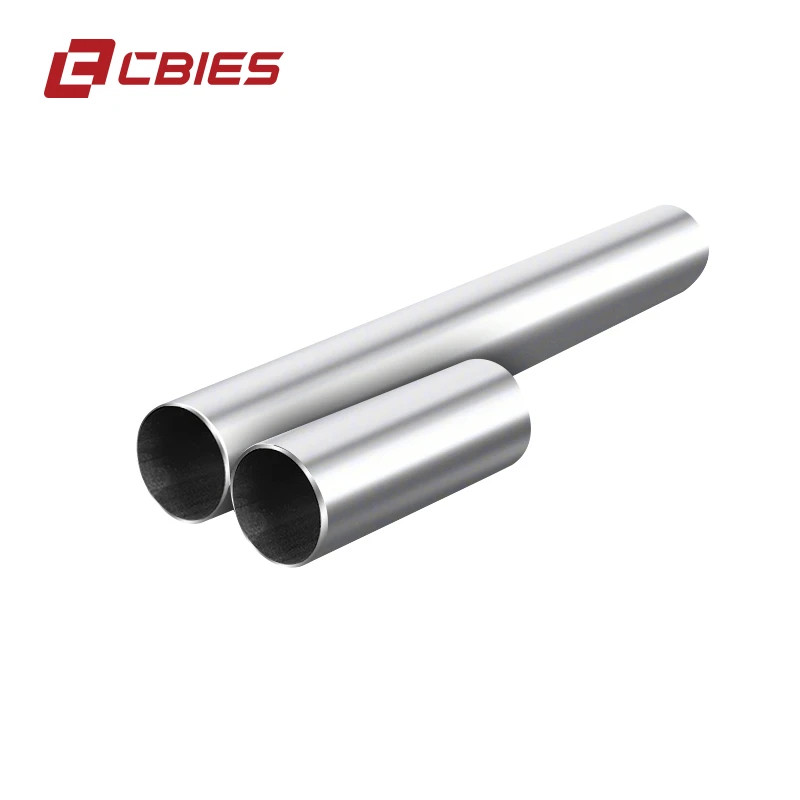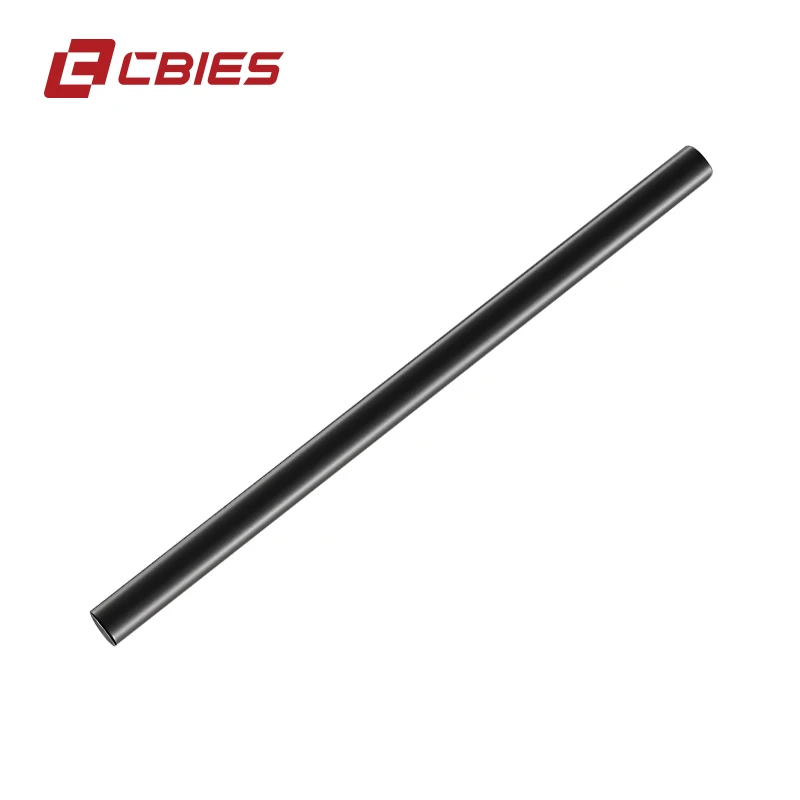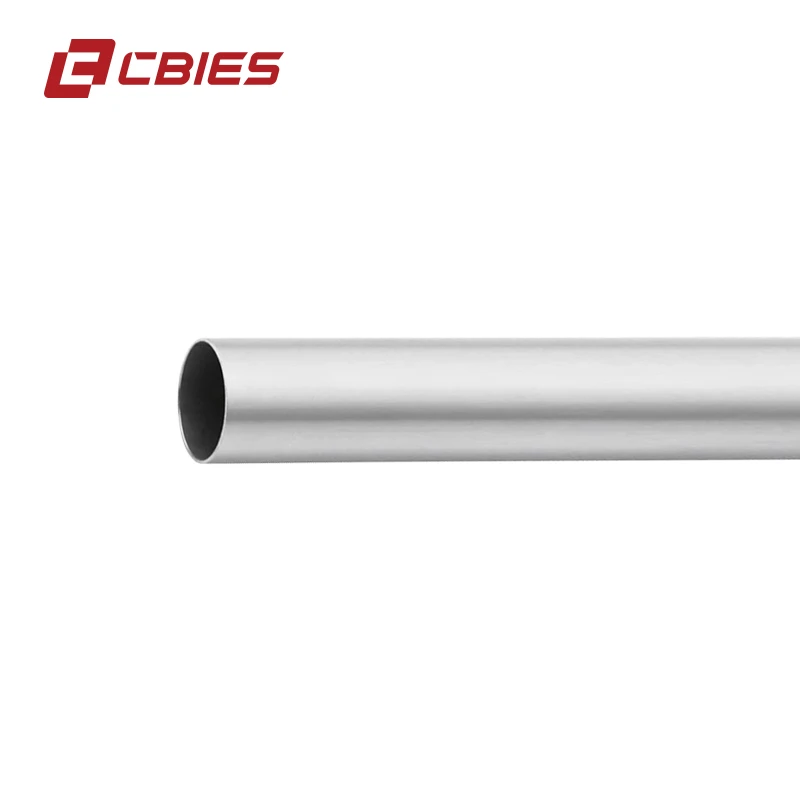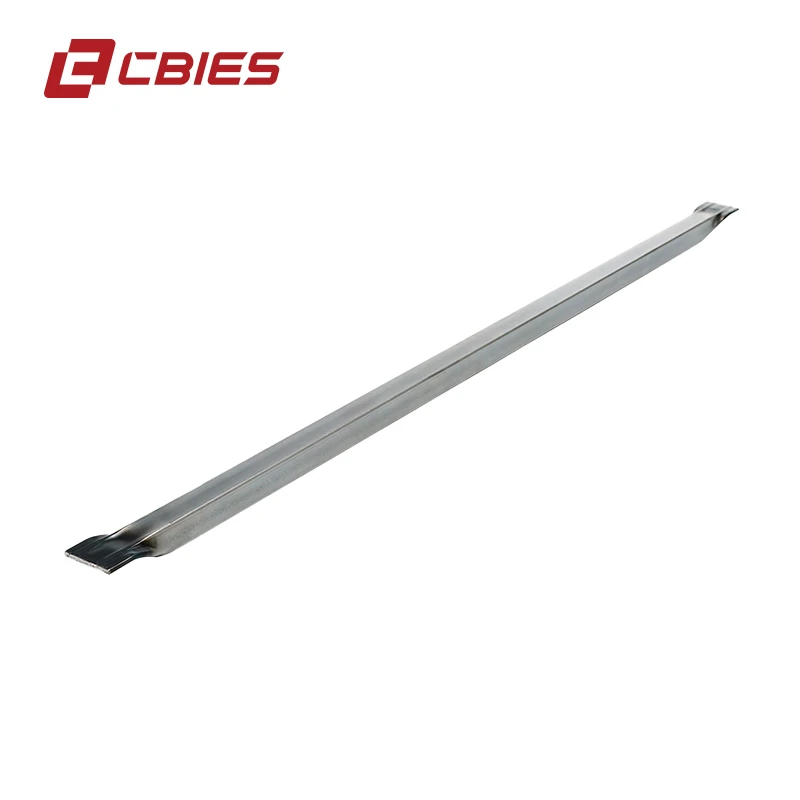Q1: What is the difference between seamless and welded precision steel tubes?
Seamless tubes are manufactured by extruding solid billets, providing higher mechanical uniformity and pressure resistance; welded tubes are formed by rolling and welding strips, best used where cost-efficiency and moderate pressure are priorities.
Q2: Which grades are recommended for automotive chassis tubes?
Common grades: 20MnV6, E355, SAE 1020. 20MnV6 offers high yield strength and superior fatigue resistance per EN 10305-1 standard.
Q3: What are typical tolerances for OD and wall thickness?
Industry standard for precision steel tubes: OD ±0.05–0.08 mm, Wall ±0.03–0.05 mm. Tighter on request, per ISO 286-1 tolerance charts.
Q4: What inspection/testing is performed on each batch?
Every batch undergoes non-destructive testing (ultrasonic, eddy current) per ISO 10893, chemical analysis, and mechanical property (tensile/hardness) tests.
Q5: What surface treatments are available?
Treatments include pickling, phosphating (for corrosion), powder-coating, Zn-plating. Choice depends on end-use environment.
Q6: Can you provide documentation and third-party inspection?
Yes—Mill test certificates (MTC), ISO/EN certification, and optional SGS/BV third-party inspection available with all shipments.
Q7: Which international standards apply for hydraulic and automotive tubes?
EN 10305 (Europe), ASTM A519 (US), ISO 8535 (global), DIN 2391. These assure conformance for automotive, hydraulic, and high-pressure applications.
 Afrikaans
Afrikaans  Albanian
Albanian  Amharic
Amharic  Arabic
Arabic  Armenian
Armenian  Azerbaijani
Azerbaijani  Basque
Basque  Belarusian
Belarusian  Bengali
Bengali  Bosnian
Bosnian  Bulgarian
Bulgarian  Catalan
Catalan  Cebuano
Cebuano  Corsican
Corsican  Croatian
Croatian  Czech
Czech  Danish
Danish  Dutch
Dutch  English
English  Esperanto
Esperanto  Estonian
Estonian  Finnish
Finnish  French
French  Frisian
Frisian  Galician
Galician  Georgian
Georgian  German
German  Greek
Greek  Gujarati
Gujarati  Haitian Creole
Haitian Creole  hausa
hausa  hawaiian
hawaiian  Hebrew
Hebrew  Hindi
Hindi  Miao
Miao  Hungarian
Hungarian  Icelandic
Icelandic  igbo
igbo  Indonesian
Indonesian  irish
irish  Italian
Italian  Japanese
Japanese  Javanese
Javanese  Kannada
Kannada  kazakh
kazakh  Khmer
Khmer  Rwandese
Rwandese  Korean
Korean  Kurdish
Kurdish  Kyrgyz
Kyrgyz  Lao
Lao  Latin
Latin  Latvian
Latvian  Lithuanian
Lithuanian  Luxembourgish
Luxembourgish  Macedonian
Macedonian  Malgashi
Malgashi  Malay
Malay  Malayalam
Malayalam  Maltese
Maltese  Maori
Maori  Marathi
Marathi  Mongolian
Mongolian  Myanmar
Myanmar  Nepali
Nepali  Norwegian
Norwegian  Norwegian
Norwegian  Occitan
Occitan  Pashto
Pashto  Persian
Persian  Polish
Polish  Portuguese
Portuguese  Punjabi
Punjabi  Romanian
Romanian  Samoan
Samoan  Scottish Gaelic
Scottish Gaelic  Serbian
Serbian  Sesotho
Sesotho  Shona
Shona  Sindhi
Sindhi  Sinhala
Sinhala  Slovak
Slovak  Slovenian
Slovenian  Somali
Somali  Spanish
Spanish  Sundanese
Sundanese  Swahili
Swahili  Swedish
Swedish  Tagalog
Tagalog  Tajik
Tajik  Tamil
Tamil  Tatar
Tatar  Telugu
Telugu  Thai
Thai  Turkish
Turkish  Turkmen
Turkmen  Ukrainian
Ukrainian  Urdu
Urdu  Uighur
Uighur  Uzbek
Uzbek  Vietnamese
Vietnamese  Welsh
Welsh  Bantu
Bantu  Yiddish
Yiddish  Yoruba
Yoruba  Zulu
Zulu 



